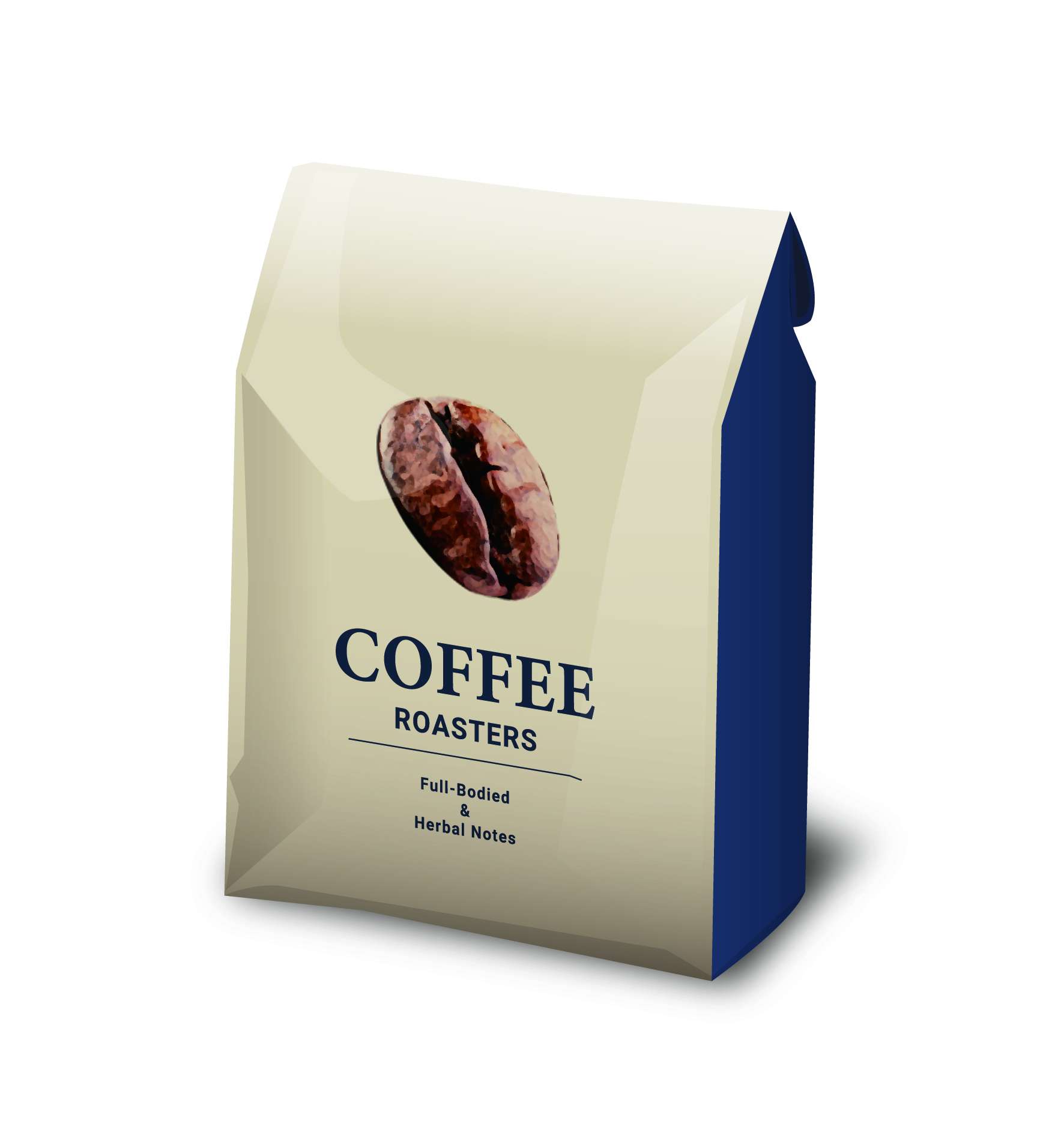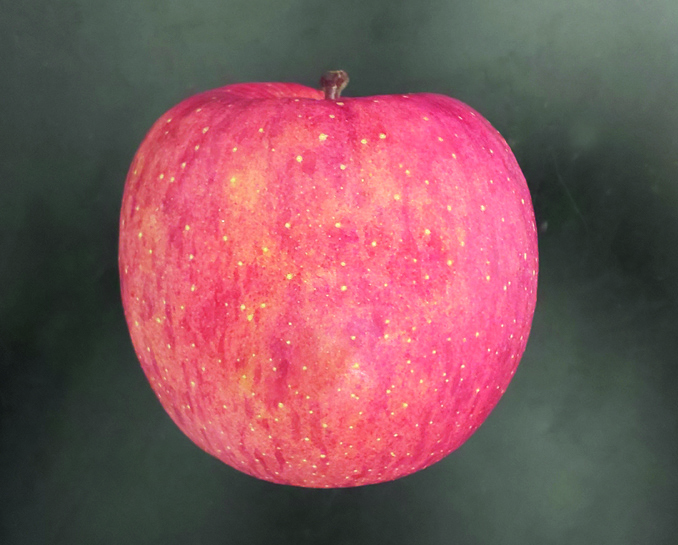Professionals in the agriculture and food packaging industries know exactly how important it is to analyse, monitor and inspect food products in the packaging process.
These companies face significant challenges such as agricultural products contaminated with stones or other debris, broken or unsealed packages, mislabelled products, and spoiled produce. Fortunately, many solutions that address this are available using today’s technologies including SWIR, InGaAs and CCD/CMOS.
Challenges in the quality and safety of food inspection
Cameras and sensors are integrated within devices designed for improving inspection, sorting and quality. These systems can identify issues in food products and packaging before they are shipped out. Vision inspection can prevent unsafe, low-quality food from reaching shelves and save businesses costs on returned defective packages.



Visible imaging can have difficulty detecting the stone among coffee beans (left), compared with clear identification of stone among coffee beans (right) with C12741–03 InGaAs camera (Credit: Hamamatsu)
One example is seen in coffee production, which is enhanced through machine vision. Coffee beans are placed on the tarp on the ground for drying, then raked up and put in a hopper.
During this raking process, rocks or gravel can easily get mixed in with the coffee beans. These stones need to be sorted out before the beans are packaged. If stones go unnoticed and are packaged with the coffee beans, they can present sanitary issues and can cause coffee grinders to break. Machine vision can be used to distinguish between items of similar shape and size.
Placing cameras and detectors in strategic locations throughout the line will help identify materials based on their SWIR spectra, enabling distinction between coffee beans and stones.
Moisture content can greatly affect the quality and shelf life of agricultural products. The slight trace of additional moisture can indicate the start of mould. A bruise indicates that oxygen has penetrated the skin or peel and gotten into the fruit. Bruised fruit or vegetables will have brown spots and/or eventually turn completely brown. While most are safe to eat, bruised fruit is not aesthetically appealing or can be over-ripe.
For example, when apples travel down the conveyor belt, they are scanned using InGaAs and CMOS cameras. The InGaAs camera will show defects beginning to form under the skin that a human eye cannot see. The CMOS camera will show visible defects.
To optimise the food sorting inspection process, different high-speed imaging devices should be placed at strategic locations on the conveyor belt. These sensors will automatically scan produce, detecting visible and invisible defects on produce that should be filtered out, so they do not reach the store.


Visible wavelength image of an apple (left). Infrared image of an apple (right), taken with C12741-03 InGaAs camera, shows hidden defects (Credit: Hamamatsu)
Sustainably meeting increasing food demands
With the world population currently at 7.7 billion and expected to grow to 9.7 billion by 2025, agricultural companies are challenged to keep up with the increasing demand for high-quality food. They must continually optimise the food sorting and inspection process.
Unfortunately, human vision is unreliable as it can confuse similar-looking colours and cannot identify defects under food skin or packaging. However, machine vision can reduce errors in food sorting and packaging by detecting issues a human being would not be able to see. For example, noticing moisture content on or beneath the skin of food, capturing leaky packaging, and distinguishing between foreign objects and goods of similar shapes and colours.
The technological solutions
For UV-VIS imaging used in food inspection, Hamamatsu Photonics offers a broad selection of CMOS image sensors in linear and area arrays.
CMOS linear image sensors with high sensitivity from UV to the near-infrared region up to 1100 nm are available in a variety of pixel configurations (from 128 pixels to 4,096 pixels), sensitivity, and line speeds.
CMOS area image sensors are available in various array configurations, ranging from 30 x 30 pixels to 1,280 x 1,024 pixels.
InGaAs linear image sensors are suitable for in-line sorting of agricultural products because of their high-speed line rate and high sensitivity. They are available in a variety of cutoff wavelengths, pixel counts and line readout speeds.
InGaAs area image sensors are suitable for hyperspectral imaging. High-speed frame rate, low readout noise and high sensitivity characterise these area arrays. They are available in various cutoff wavelengths, pixel arrays and frame rates.
InGaAs cameras provide plug-and-play solutions using 1D or 2D InGaAs image sensors. They are also an easy solution for multispectral/ hyperspectral imaging (HSI) cameras to be built based on the original camera.
SWIR hyperspectral imaging is just beginning for food processing applications such as almond grading and quality inspection, capable not only of detecting foreign objects but also of grading food such as nuts or identifying ingredients.
Hamamatsu Photonics provides a complete product line with various cutoff wavelengths from 1.7µm to 2.5µm, also providing options from sensors to modules.



